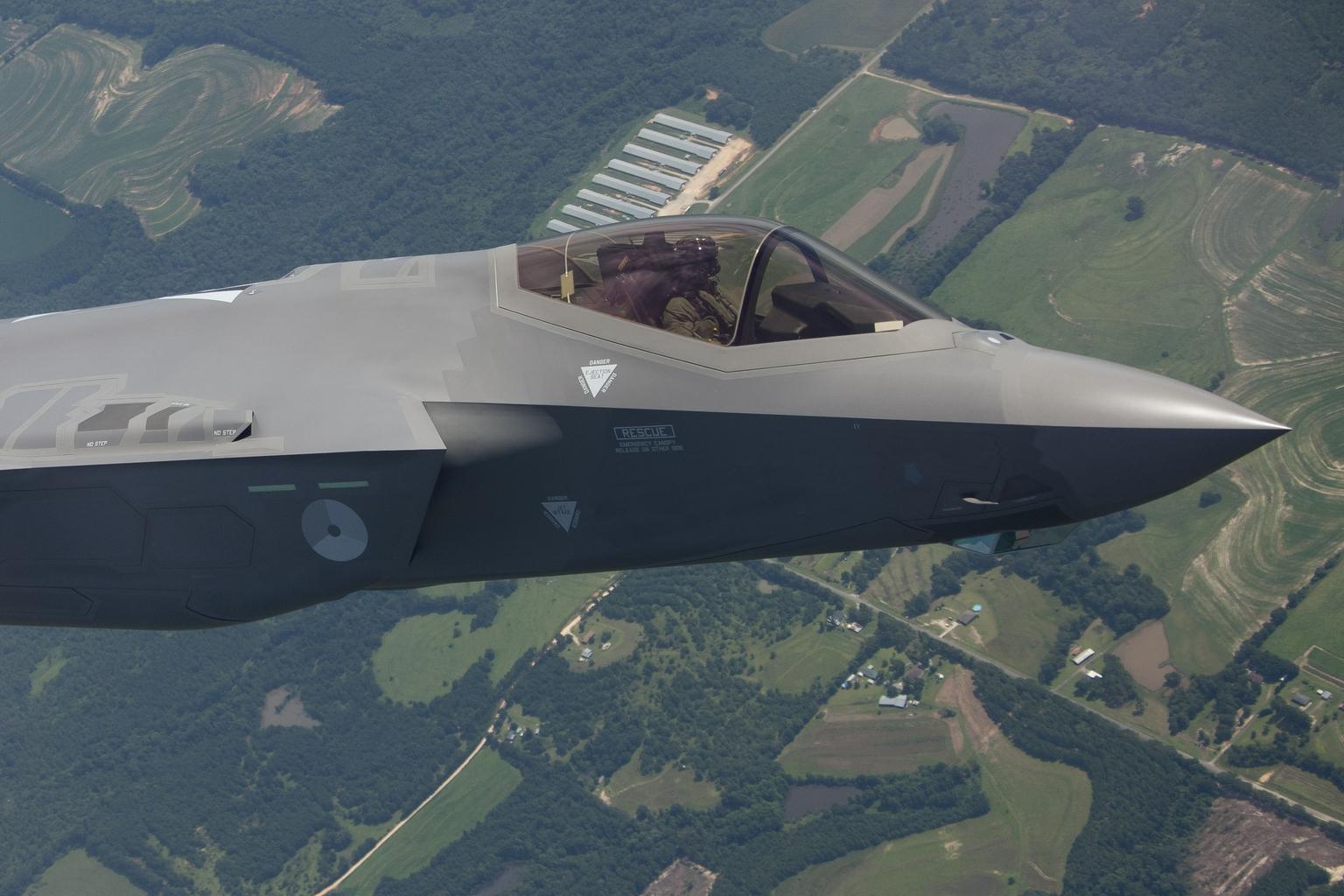Are Cockpit Electromagnetic Fields Killing Pilots?

The Pentagon is investigating the link between high-tech electronics and aircraft crashes.
DARPA is investigating whether electronic noise can interfere with military pilots.
The concern is that radio and electromagnetic fields could impair cognitive
performance, causing momentary confusion.
More than 100 pilots have died in accidents attributed to spatial disorientation.
The Pentagon's research and development arm is investigating whether the very equipment meant to save military pilots' lives on the battlefield is causing them to become disoriented and crash.
The Defense Advanced Research Projects Agency (DARPA) is funding an effort to study the relationship between military electronics and spatial disorientation-a pilot's ability to determine his or her correct altitude, attitude, or airspeed. In one incident, spatial disorientation caused a Japanese F-35 pilot to slam into the Pacific Ocean at nearly 700 miles per hour.
By most accounts, U.S. military aircraft are the most advanced in the world. Aircraft like the F-35 Joint Strike Fighter are covered in sensors, from the nose-mounted radar to a ring of infrared cameras. Military aircraft also have radios, control systems, and other forms of data competing for pilots' attention, all emitting some kind of radio or electromagnetic radiation.
Straight from the Cockpit
While these features are highly useful and help pilots stay alive in dangerous situations, is there a darker, undiagnosed side to these electronics?
The Pentagon, as Forbes writes, wants to find out. DARPA's Impact of Cockpit Electro-Magnetics on Aircrew Neurology (ICEMAN) project will examine the effect of electromagnetic fields and radio frequency signals to determine if they're responsible for cases of spatial disorientation.
From 1993 to 2013, DARPA says, "spatial disorientation in U.S. Air Force pilots accounted for 72 Class A mishaps, 101 deaths, and 65 aircraft lost." The agency believes electromagnetic fields and radio frequency signals may "influence cognitive performance including task saturation, misprioritization, complacency, and spatial disorientation."
Nobody, according to DARPA, actually monitors EM and RF activity in a cockpit, and there is "little effort" made to shield pilots from these fields. ICEMAN will measure such activity and then produce sensors "capable of measuring the ambient EM/RF conditions in a military aircraft cockpit environment." Once the sensors are deployed, the Pentagon can use them to see if there is any correlation between heavy EM/RF conditions and aircraft mishaps and crashes.
Japanese aviation authorities blamed spatial disorientation for one of the first crashes involving the F-35. In April 2019, F-35 pilot Major Akinori Hosomi of the Japan Air Self Defense Force was flying with several other F-35s when the flight suddenly lost contact with Hosomi's jet. The authorities later determined Hosomi's jet flew straight into the ocean at 683 mph "with no reported attempt by the pilot to avoid a collision," according to The Diplomat.

Ingen kommentarer:
Legg inn en kommentar
Merk: Bare medlemmer av denne bloggen kan legge inn en kommentar.